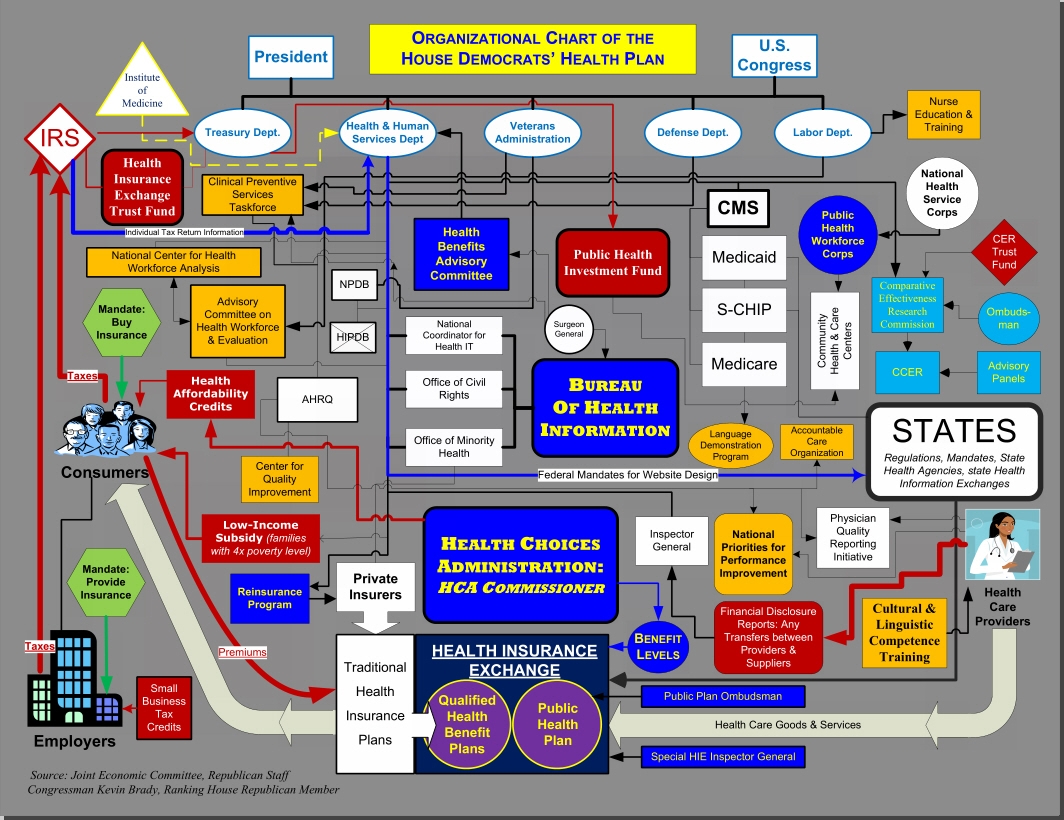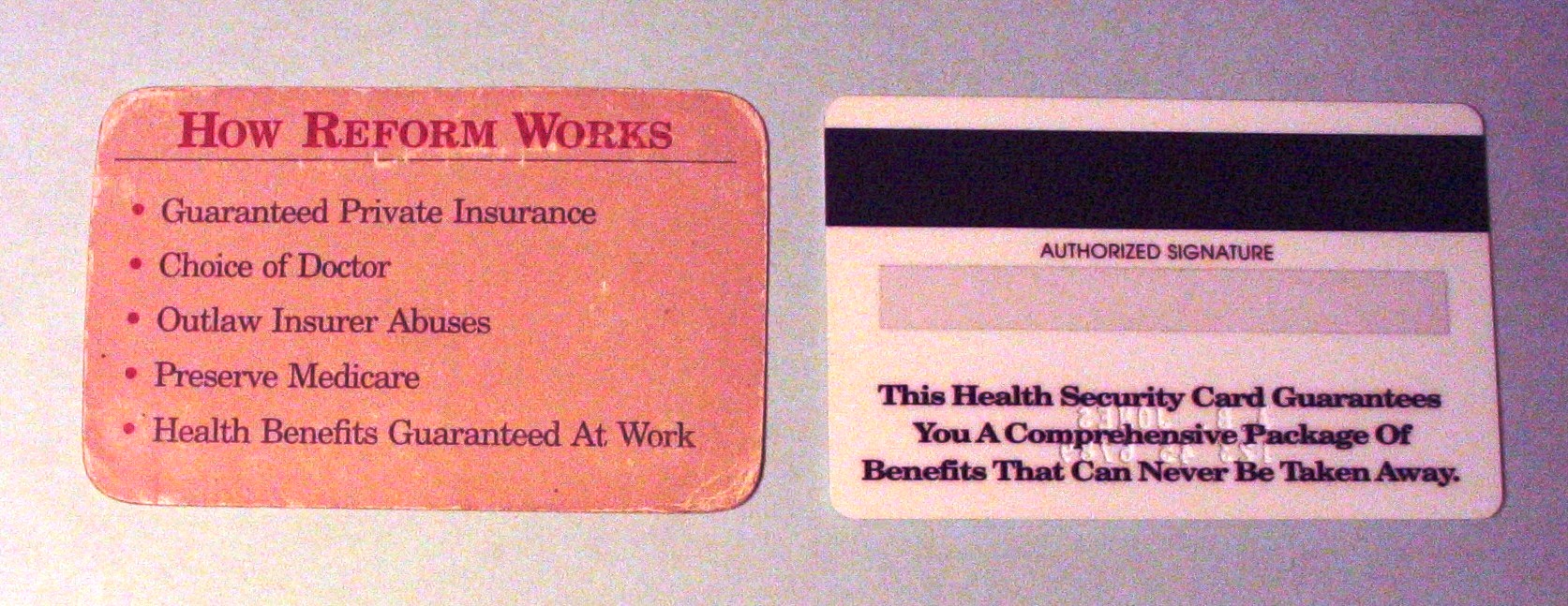Anyone following the debate about health reform knows that the discourse has become increasingly uncivil. While it is easy to blame those opposing the proposals being developed in Congress for this situation, supporters of the proposals have been validating their adversaires’ messages by repeating the misrepsentative labels in their rebuttals.
Specifically, critics of the overall proposal have mischaracterized a provision that would pay clinicians for discussing end of life care preferences with their patients enrolled in Medicare. (See below for information about the provision.) Unfortunately, in responding to these attacks, health reform supporters have repeated the false claims about the provision, (and the label “Death Panels”), and thus perpetuated the fear their opponents have created.…




